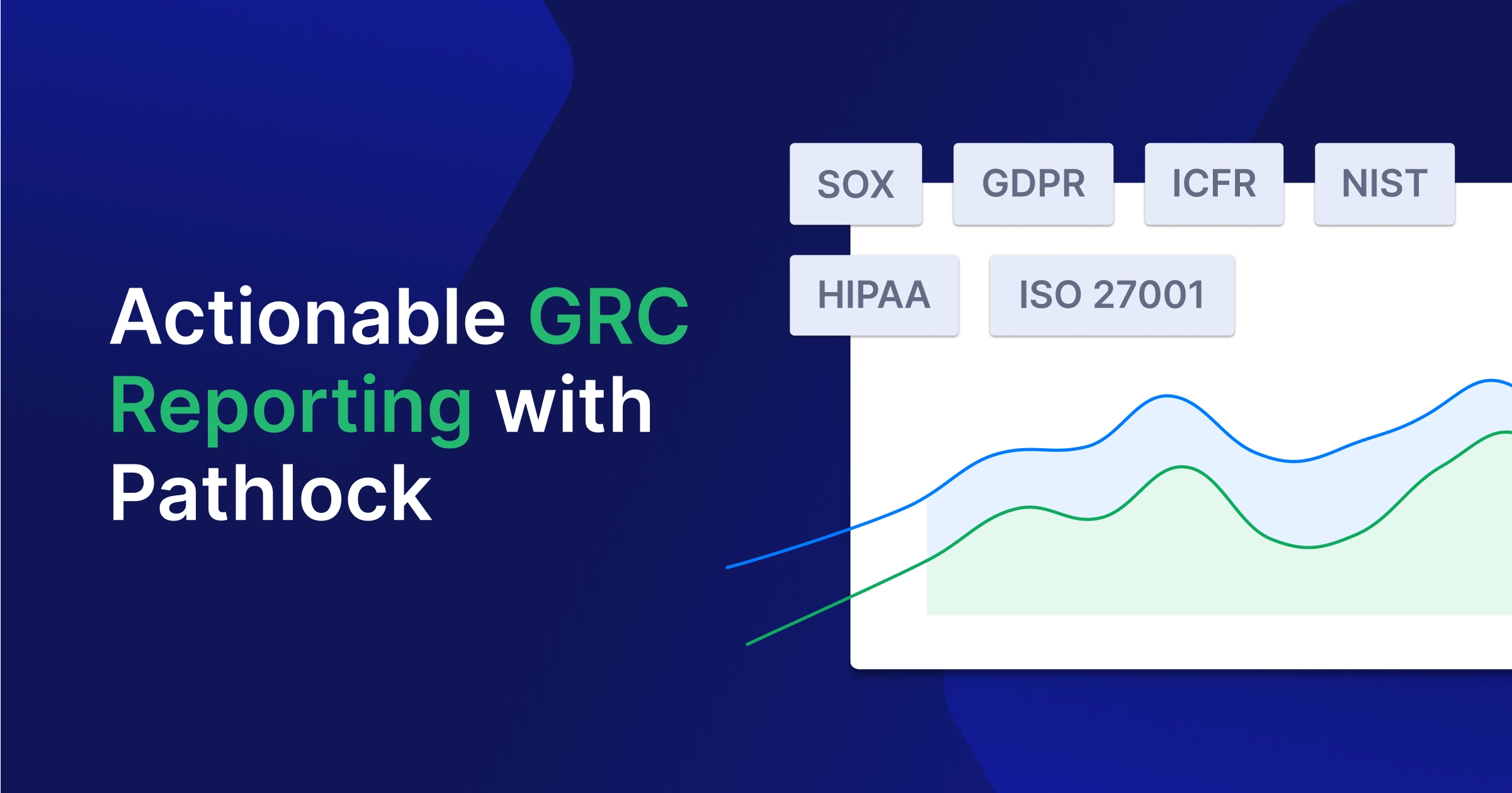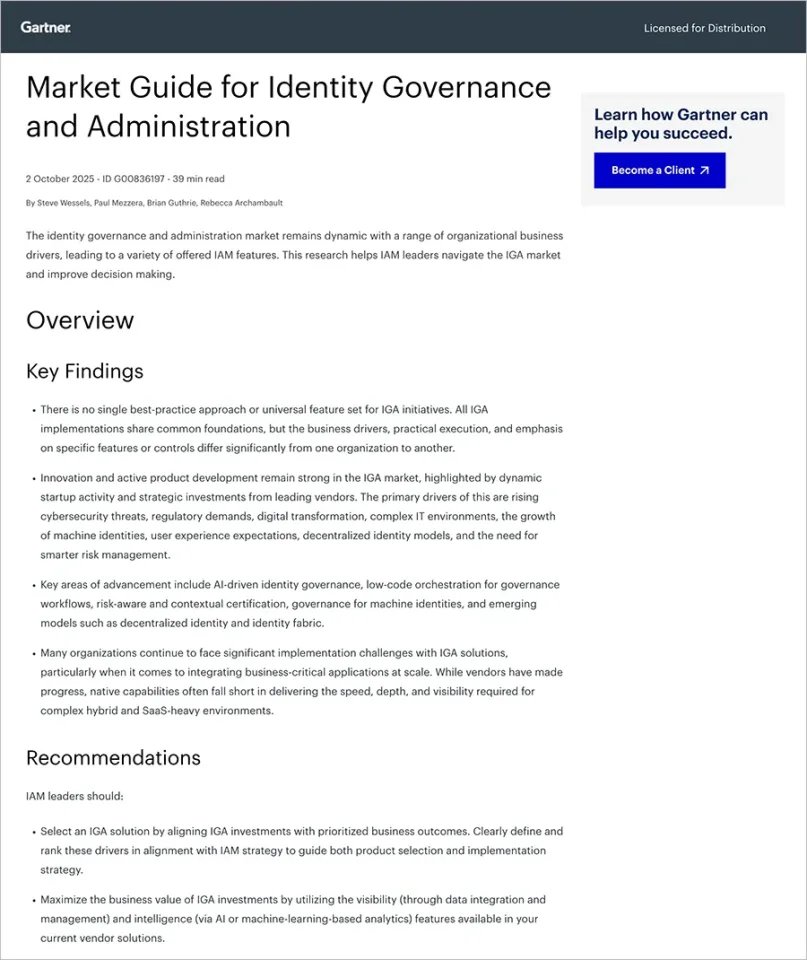In today’s digital world, every online action, such as logging into an app, accessing data, or using a service, creates a unique digital footprint. While these footprints are essential for functionality, they can also create significant security risks. Identity as a Service (IDaaS) addresses this issue. It carefully examines these digital footprints to ensure that access is only given to the right individuals at the appropriate times. Acting like a cyber bouncer, IDaaS not only regulates who can enter and exit your system but also strengthens your business’s important data against potential threats.
In this guide, we will delve into the nuances of IDaaS, exploring its evolution, key components, benefits, and how to choose the right provider to meet your specific needs. Whether you’re just starting with IDaaS or looking to enhance your current setup, this comprehensive overview will equip you with the insights necessary to make informed decisions.
The Evolution of IDaaS
The transition from traditional on-premises identity management systems to cloud-based Identity has been driven by technological advancements and changing business requirements. As organizations embrace cloud computing, mobile devices, and remote work, the need for more flexible and scalable identity management solutions has become increasingly apparent.
The rise of cloud computing and IDaaS applications means that managing user identities and access across multiple cloud platforms and services is both complicated and full of risk. Organizations needed a more centralized and efficient way to provision, authenticate, and authorize users across these diverse environments. This paved the way for the emergence of IDaaS solutions.
These services are designed to integrate with ease with a wide range of cloud applications and cloud services, enabling organizations to centrally manage user identities, access controls, and authentication processes from a single platform.
Technological advancements in areas such as mobile computing, the Internet of Things (IoT), and the proliferation of web applications have further propelled the popularity of IDaaS. With the increasing adoption of mobile devices and the need to securely access corporate resources from anywhere, IDaaS solutions provide a unified and consistent way to manage user identities and access across multiple devices and platforms.
Key Components of IDaaS
IDaaS comprises several key elements:
● Single Sign-On (SSO): Lets users log in once and access multiple systems without re-authentication, much like a master key for multiple doors, making the login process easier.
● Multi-Factor Authentication (MFA): MFA works by users having to tap into multiple forms of identification before access is granted. This improves security, making MFA similar to double-locking a front door.
● Identity Governance and Administration (IGA): This feature of IDaaS restricts system access to authorized individuals only. It aids in enforcing compliance and streamlining user management.
These elements collaborate to create a comprehensive identity management solution that balances security and user experience.
Benefits of IDaaS for Organizations
Adopting IDaaS solutions can provide organizations with numerous advantages, including improved resource management, operational agility, and enhanced security. Here are some key benefits of IDaaS:
Enhanced Security: IDaaS providers typically offer advanced security features. These features help organizations enhance their security posture while complying with data protection standards, compliance requirements, and industry regulations. Additionally, IDaaS providers often have dedicated security teams and infrastructure, ensuring that identity management systems are kept up-to-date and well-maintained.
Cost Efficiency: By offloading identity management to a cloud-based IDaaS provider, organizations can significantly reduce the costs associated with maintaining and managing on-premises infrastructure, software, and personnel. IDaaS solutions eliminate the need for upfront capital investments and ongoing maintenance expenses, leading to lower total cost of ownership.
Improved Usability and Experience: IDaaS solutions can improve user productivity and satisfaction by providing seamless access to applications and resources through centralized identity management. Employees can easily access the tools and resources they need without having to remember multiple usernames and passwords, reducing frustration and support requests.
Scalability and Customization: IDaaS solutions are designed to scale seamlessly, allowing organizations to quickly provision or de-provision user accounts as their workforce grows or changes. This flexibility enables organizations to adapt to changing business needs without being constrained by the limitations of on-premises identity management systems.
Choosing the Right IDaaS Provider
Selecting the right IDaaS provider is crucial for organizations seeking to effectively manage user identities, access controls, and security across their IT ecosystem. With the increasing adoption of cloud services and the growing complexity of digital environments, choosing an IDaaS solution that aligns with an organization’s specific needs and requirements is essential. Here are some key steps to consider when evaluating potential IDaaS providers:
Step 1: Assess your Security Requirements
Security should be a top priority when choosing an IDaaS provider. Evaluate the provider’s security certifications, compliance with industry standards (e.g., SOC 2, ISO 27001), and their ability to meet your organization’s data protection and privacy regulations. Additionally, consider features like multi-factor authentication, encryption, and advanced access controls to ensure robust security measures are in place.
Step 2: Evaluate Integration Capabilities
Seamless integration with your existing IT infrastructure and cloud applications is critical for a smooth transition to an IDaaS solution. Assess the provider’s ability to integrate with your current systems, such as directory services, human resources management systems, and cloud-based applications. Look for providers that offer pre-built connectors or robust APIs for easy integration.
Step 3: Consider Scalability and Flexibility
As your organization grows or undergoes digital transformation, your identity management needs may change. Choose an IDaaS provider that offers scalable solutions capable of accommodating fluctuations in user counts, devices, and applications. Additionally, consider the provider’s ability to adapt to new technologies and emerging trends, ensuring long-term flexibility and futureproofing.
Step 4: Analyze the User Experience
A seamless and user-friendly experience can significantly impact employee productivity and satisfaction. Evaluate the IDaaS provider’s user interface, single sign-on capabilities, and self-service features for password resets or account management. A positive user experience can reduce support requests and increase adoption rates within your organization.
Step 5: Review Support and Reliability
Reliable and responsive support is essential, especially during critical incidents or outages. Assess the IDaaS provider’s service level agreements (SLAs), uptime guarantees, and customer support offerings, including available channels (e.g., phone, email, chat) and response times. Consider providers with robust monitoring and incident response capabilities to ensure minimal disruptions.
Step 6: Understand the Cost Implications
While IDaaS solutions can often be more cost-effective than on-premises identity management systems, it’s important to evaluate the pricing models and long-term costs. Consider factors such as user-based pricing, feature add-ons, and potential discounts for long-term commitments.
IDaaS and Pathlock
With Pathlock, enterprises can execute a robust identity policy between users, devices, and leading ERP applications. Admins can quickly provision and de-provision users across enterprise applications while maintaining strict password management policies enforced by your IdP.
By delivering the SAML integration layer, Pathlock connects ERP applications to your identity management solution and your enterprise SSO (ex., OKTA, AD, etc.) without complexity and operational overheads. Additionally, Pathlock can help manage access risks with:
- Context-Aware Access Controls: Enforce fine-grained access with attribute-based access control to set dynamic access permissions for users down to the field and transaction level.
- Step-Up Authentication: Integrate enterprise MFA at the field level for re-authentication when a user requests access to sensitive data.
- Transaction Monitoring & Control: Monitor high-risk transactions and automatically remove privileged access rights to stop potentially high-risk user activity.
- Dynamic Data Masking: Enforce full, partial, or click-to-view data masking to obscure sensitive data and protect against unnecessary data exposure
- Logging & Analytics: Capture detailed logs to get real-time visibility and insights into user access, IP address of frequent transactions, asset inventory, and other vital data.
Request a demo to discover how Pathlock can improve your identity management and organizational security.



